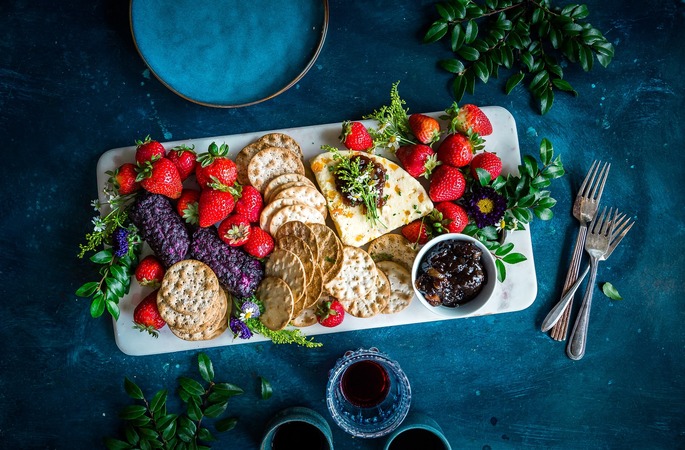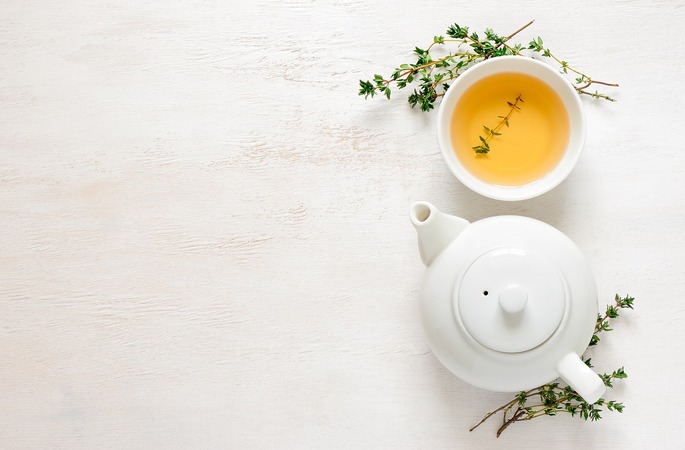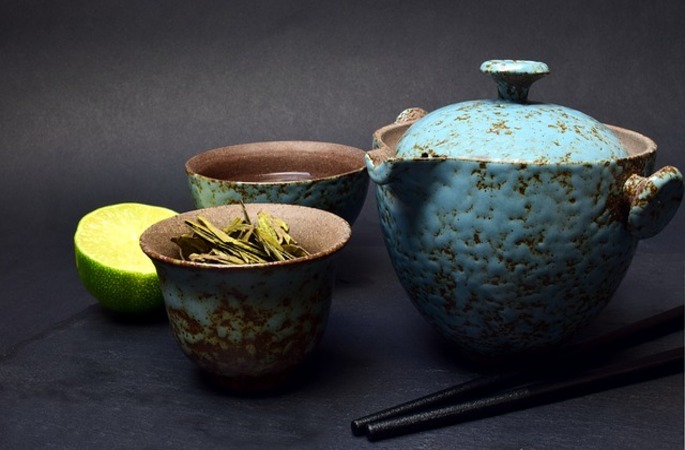“If you are cold, tea will warm you;
If you are too heated, it will cool you;
If you are depressed, it will cheer you;
If you are excited, it will calm you.”
William Ewart Gladstone
Tea is strongly associated with fond memories and nostalgia. I still remember the late night chats and aromatic tea at my maternal home. An excessive tea drinker was fondly called as ‘Tea boiler’ in my village. But then most of us were and are Tea Boilers. This magic potion will fix your mood within minutes. Drinking tea is almost a meditation and making it is definitely an Art. For Many people across the world morning never starts without a hot cup of tea.
Here is a glimpse from Tea loving nations across the world.
India
“ Come oh come ye tea-thirsty restless ones — the kettle boils, bubbles and sings, musically.”
Rabindranath Tagore

India is one of the biggest tea consuming nations. Indian Tea is called Chai and made in different blends. Popular blends that are mixed with black tea leaves are cinnamon, ginger, nutmeg, cloves, and cardamom. You can use any or all of them to make your own tantalising flavour. Tea is brewed in milk and water in a saucepan on the stove to ensure it is piping hot to be served. An authentic Chai should be liberally sweetened. Masala Chai is an ultimate fusion of unique and interesting brews. Grandmothers have their own specific formula for making Chai, which is passed down through generations. Tea is served in small glasses frothy and hot and roadside tea vendors are a common site in India.
Turkey
“To love is like tea, to be loved is like sugar. The poor like us drink their tea without sugar.”
Turkish Proverb

Tea plays a significant part in Turkish culture, and is the most commonly consumed thirst-quencher, regardless of the country’s long history of coffee-obsession. Turks serve tea in special Tulip shaped glasses and a small saucer underneath not forgetting crystallised sugar cubes. Turkish tea is a black tea which is prepared in a very specific manner. Using a double boiling teapot called Caydanlik. In some parts of Turkey, drinkers place a hard cube of sugar under their tongue and have the sugar slowly dissolve while drinking the hot Tea. The Tea House is where Turkish men go to discuss any topics under the sky from Politics to Arts. Interestingly, many Turkish novels portray this Tea houses and the culture evolving around them.
Sri Lanka
“Strange how a teapot can represent at the same time the comforts of solitude and the pleasures of company”
Author Unknown

Sri Lanka is a small island, but due to its enormous range in altitude, the flavours of the teas produced differ intensely. Sri Lanka produces the world’s finest and most aromatic blends. Sri Lanka in earlier times was known as Ceylon and its Black tea is still known as Ceylon Tea. Local Srilankans do not sweeten their tea. Instead, they drink their black tea which is called Kahata. The traditional way of drinking black tea in Sri Lanka is with Kithul Jaggery. Tea is also made adding milk and sugar. Whilst there’s no strict recipe for Srilankan tea, ingredients usually include cinnamon, ginger, cardamom and cloves, as well as nutmeg. In Sri Lanka, any time is a Tea time and any occasion is an excuse to have some milk-tea or plain-tea.
Russia
“I say let the world go to hell, but I should always have my tea.”
Fyodor Dostoyevsky

Tea is a substantial part of Russian culture. Tea in Russia is not just a pick-me-up drink but it is a social activity with an elongated tradition behind it. The tea is served hot and is usually consumed black. Traditionally sugar, milk and something to eat will be present on the table along the tea. Within Russia, tea preparation differs, but usually includes lemon, and sugar or jam. Samovar, a traditional Russian tea kettle is used to make a strong brew. Russians drink tea from glasses that they put in special glass holders. Russian writers and artists all had their favourite tea houses. Leo Tolstoy said “I must drink lots of tea or I cannot work. Tea unleashes the potential which slumbers in the depth of my soul.”
Japan
“Tea began as a medicine and grew into a beverage.”
Kakuzo Okakura

The tea ceremony is a central focus of Japanese Culture and is one of the most time-honoured practices in Japan. Various types of tea are extensively available but the green tea is the most common type of tea, and when someone mentions tea without specifying the type, it is a green tea to which is denoted. Tea is ceremonially prepared by a skilled tea master and served to guests in a serene and soothing setting. Generally, Japanese green tea is brewed in small teacups. The most important tool used in making tea is, of course, the kyūsu or small teapot with a handle. Zen is more closely related to Japanese Tea culture.
Tea is not just a beverage, it is a culture of indulgence. A story of love.
Tea consistently evokes a cascade of memories in all of us. Each of has at least one Tea story to tell.
What is your favourite Tea Story?




leave a comment